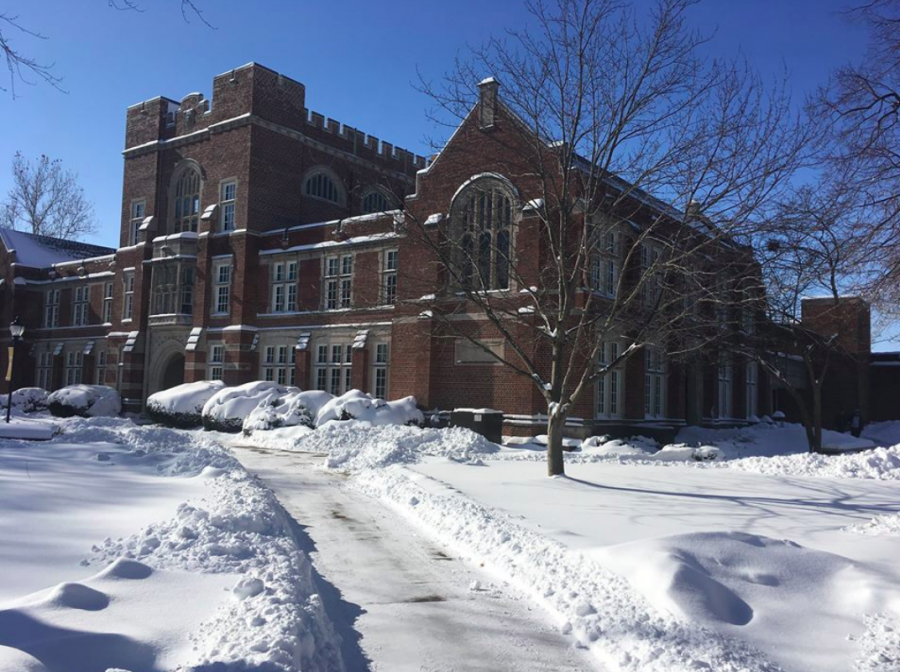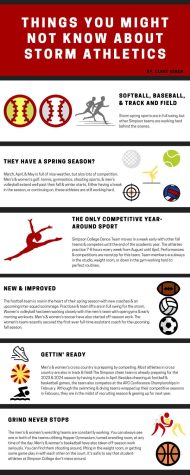Snow, snow, when will it stop and where will it go?
March 6, 2019
In mid-February, Des Moines had 37.4 inches of snow and came close to reaching a 107-year-old record of 43.5 inches. All across Iowa temperatures have been frigid. At one point areas nearing negative 30-degree windchill caused many business and campuses, including Simpson College, to shut down.
Many students have struggled to prepare for this cold snap and winter precipitation but Simpson staff is doing what it can to help.
“We make the phone calls related to these decisions based on timing and what are conditions like currently on campus. Usually, discussions start at about 5:00 to 5:30 in the morning and then we use the alert system to get the word out,” Chris Frerichs, director of security, said.
Frerichs also said that security has had more students taking advantage of and wanting rides for safety reasons. The security team has also assisted with more jumpstarts than normal; Simpson has 2 jumpstart packs and due to overuse one has completely broken.
He also said shovels are available to check out from the 24-hour security desk if someone is stuck and needs to be scooped out.
“All buildings have Ice-Melt available for anyone to use as needed at any time. We try to keep some in our campus vehicles as well in case someone sees a potential hazard,” Frerichs said.
This year has been stressful for the campus plow trucks especially with students parking in areas too close to designated snow pile areas and in the route plows use, according to Frerichs.
With more snow already forecasted for the upcoming week, he urged students to be aware of snow ordinances to prevent being towed and help make sure snow removal can be done timely and efficiently.
Frerichs offered some winter tips and tricks to make sure students are safe and prepared for snowy weather to come:
1. Test your ID and walk through buildings
Make sure that your ID works properly so that you can utilize campus buildings to warm up along your route to and from classes and activities.
2. Start your car
Frerichs notes that many students had the extra cost of replacing a dead battery after leaving their car sitting for two or three days in the cold weather. Get out and try to let it run for a few minutes so that doesn’t happen during the harsh conditions.
3. Know your path and know your route
Plan ahead so you know what your driving route looks like. It doesn’t hurt to share your plan with someone else as well. If you are looking for the latest Iowa road conditions go to 511ia.org.
5. Weigh what you want to do versus what could happen
Make sure that if you are planning to go out when travel is not advised that you aren’t putting yourself or others such as emergency service workers in danger.
Frerichs encourages students and faculty to be smart and don’t be fooled by warming daytime temperatures as the snowmelt can turn to ice at night as the air cools down.











